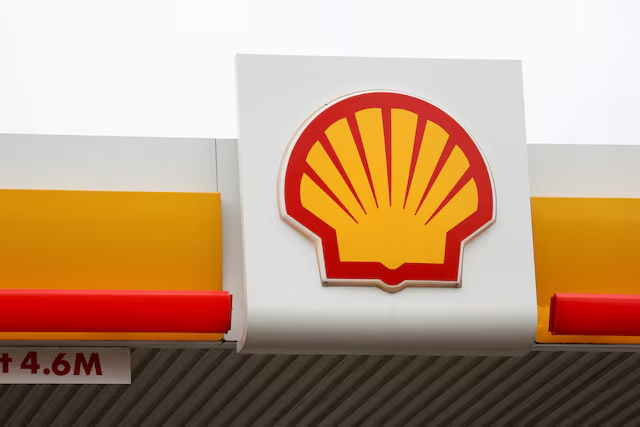In its latest monthly report, the International Energy Agency (IEA) delivered a sobering forecast: global oil supply is expected to outpace demand significantly through 2025 and into 2026, risking a substantial surplus and downward pressure on prices.
The Numbers: Supply vs Demand
- The IEA now expects global supply to grow by 3.0 million barrels per day (bpd) in 2025 and by 2.4 million bpd in 2026.
- In contrast, demand projections are far more modest: growth of about 710,000 bpd for 2025, with similarly constrained gains for the following year.
- The disparity suggests a potential surplus of up to 4 million bpd, a figure that has reverberated through energy markets.

Oil markets reacted: Brent crude slipped to around $61–62 per barrel, its lowest levels in months, as traders weighed both oversupply risks and weak demand signals.
What’s Fueling the Oversupply?
A few key drivers underlie the IEA’s upward supply revisions:
- Production increases from OPEC+ and non-OPEC producers
Multiple OPEC+ members have scaled back their production cuts, contributing to higher output across the board. Meanwhile, non-OPEC producers (especially in the U.S., Canada, Brazil, and Guyana) are also adding to total supply. - Downgraded demand expectations
The IEA trimmed its demand-side forecasts, noting that economic challenges (slowdowns in key economies, inflation pressures), energy transitions, and electrification in the transport sector are damping oil consumption growth. - Rising stocks and oil “on water” builds
The IEA reports that crude stored at sea and in floating tankers is swelling, delaying assimilation into onshore inventories. That build is contributing to upward pressure on global inventory levels. - Market sentiment and policy dynamics
Trade tensions (particularly between the U.S. and China) are adding downside risk to demand, making markets more sensitive to oversupply narratives.
What the Forecast Means: Risks & Medium-Term Outlook
Price Pressure & Volatility
A sustained glut could drive prices lower, especially if markets anticipate further downward revisions in demand. Analysts suggest that unless some capacity is taken offline, the oversupply narrative may dominate pricing for months.
Still, many oil executives and industry observers expect the surplus to correct over the medium term. Decline rates, investment pullbacks in high-cost fields, and stronger demand in emerging markets could re-tighten balances.
Supply Discipline: The Role of OPEC+ and Others
How producer groups respond will matter. OPEC+ decisions to adjust quotas, defer output growth, or manage cuts could help absorb surplus. But non-OPEC producers are less directly controllable, especially in shale and offshore sectors.
Interestingly, TotalEnergies’ CEO has warned that if oil prices fall to $60 per barrel, non-OPEC supply (particularly shale) may begin to decline, offering a potential self-correcting mechanism.
Budget & Fiscal Risks for Exporters

Countries heavily reliant on oil revenues may face budget stress if prices stay low. Nations in OPEC and beyond may feel increasing pressure to balance fiscal needs with market stability.
Long-Term Energy Transition Factor
This supply glut might accelerate structural shifts. Energy investors may push harder for alternatives or favor transitions away from fossil fuels, particularly if returns on oil investments shrink. Producers may need to prioritize efficiency or move up the value chain in petrochemicals and gas.
What to Watch Over the Coming Weeks
- Weekly and monthly inventory data (U.S., OECD) — unexpected builds will reinforce the oversupply view
- OPEC+ and national producer meeting outcomes — any decisions to cut or curtail production
- Demand demand signals from China, the U.S., India, and Europe — macro weakness or strength will move the needle
- Non-OPEC investment behavior — capital cuts or slowdown in high cost fields
- Currency moves and interest rate policies — macro factors that shift demand for crude


